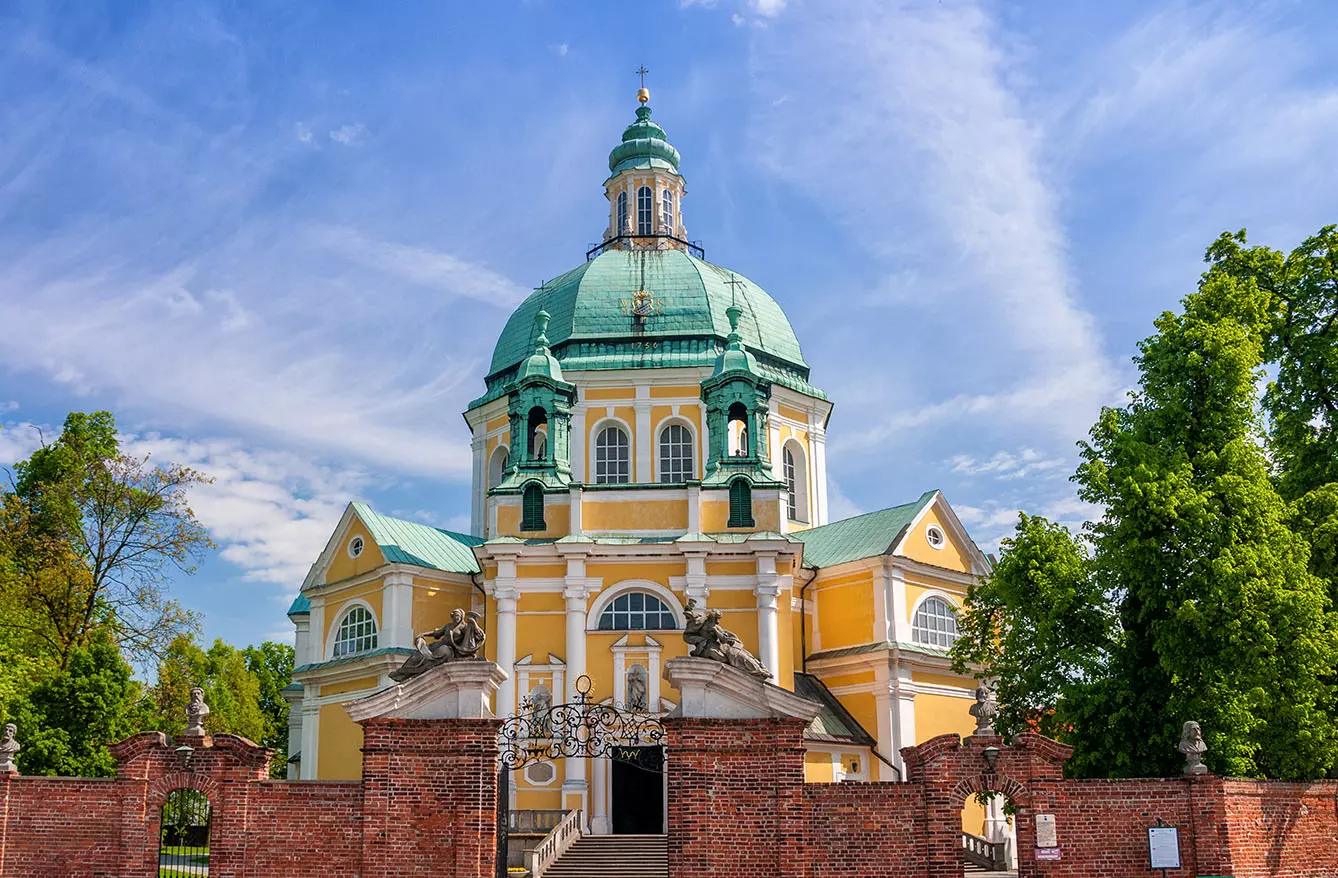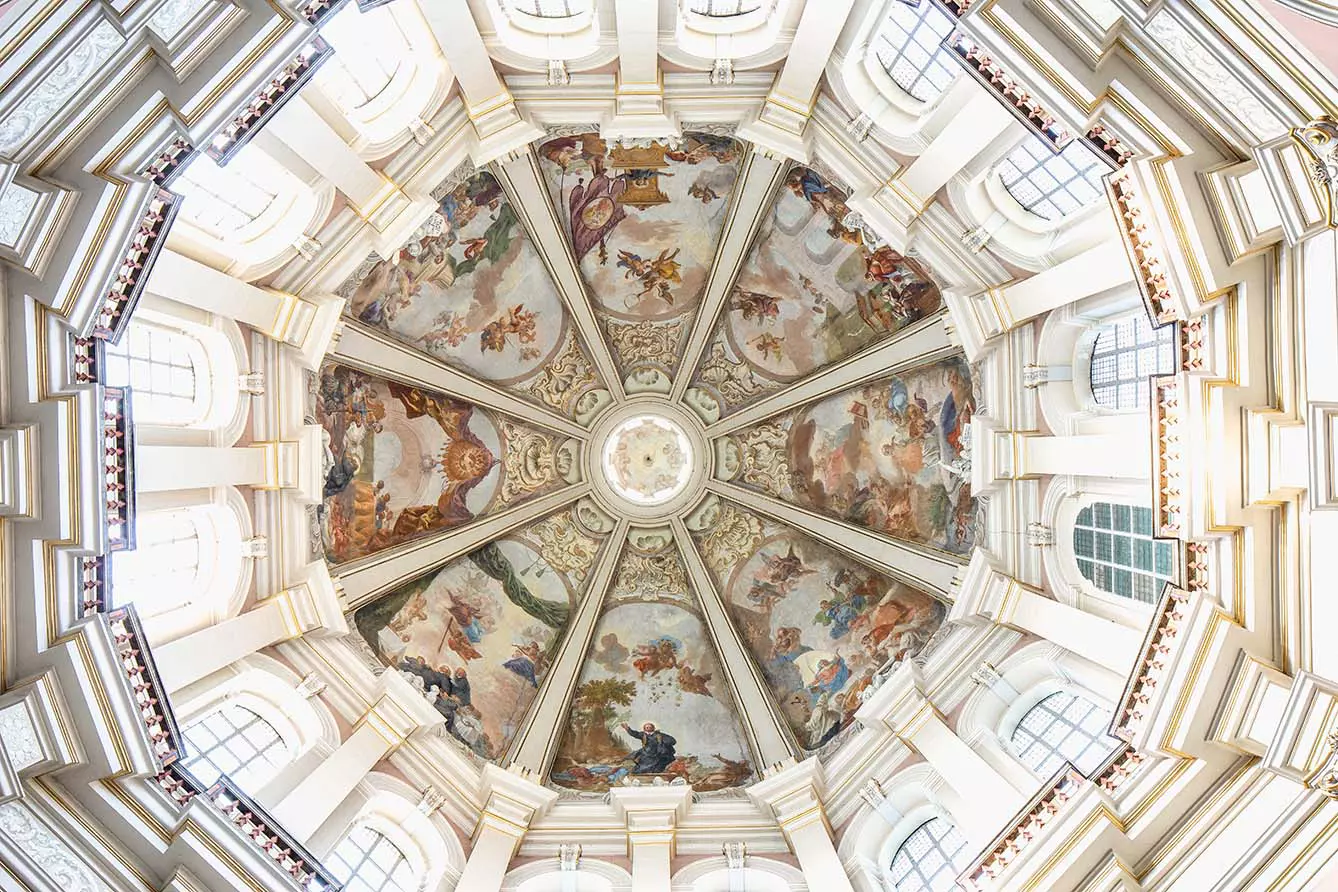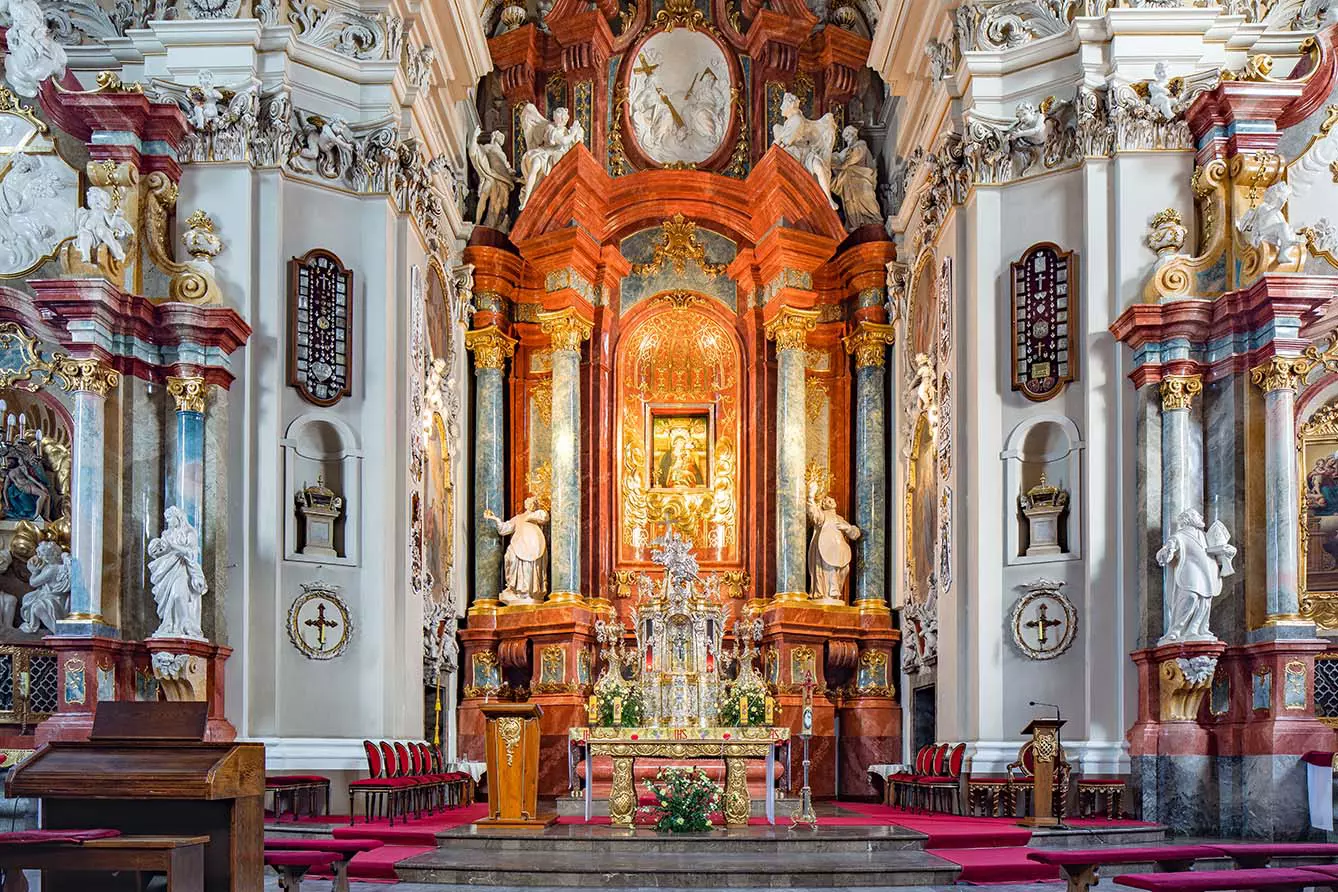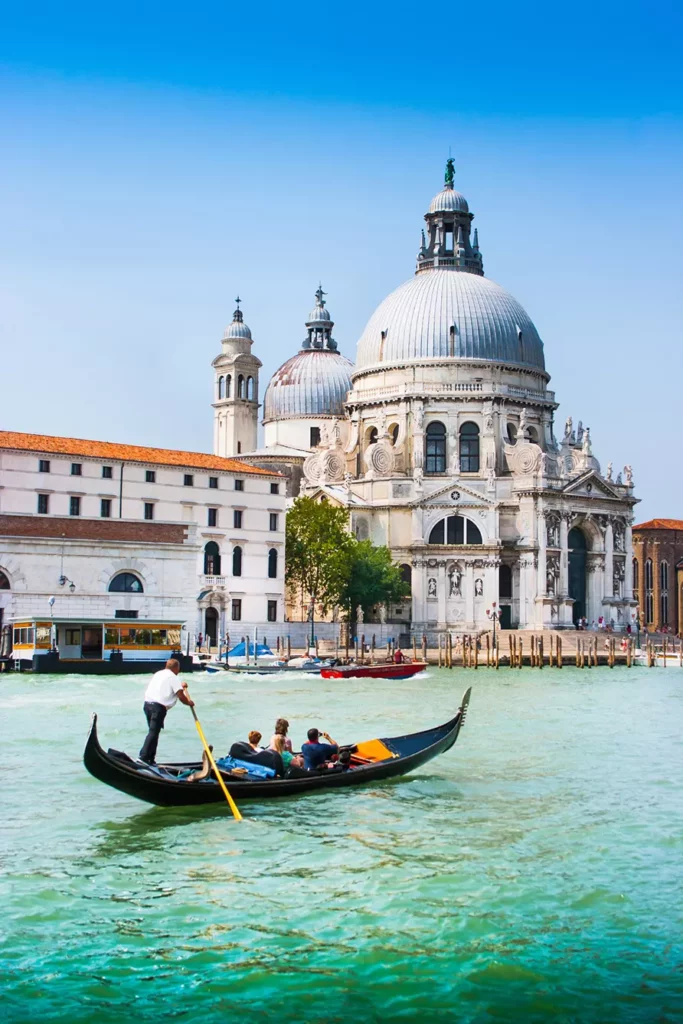Looking southwest from the edge of a canal near San Marco in Venice, the majestic dome of Santa Maria della Salute is some two hundred meters away, so close it seems you could reach it by hand. But make no mistake, if you wanted to visit it on foot, it would take you almost half an hour to get there. Or three hours without a map.



Fitting no less than twelve of Titian’s works, the church is a masterpiece itself, but it can get lost in the backdrop of Venice, which is filled to the brim with majestic Medieval, Renaissance, and Baroque architecture. Looking at it that way, maybe it’s a blessing that the church itself was copied and pasted into the very unimpressive landscape of Western Poland, far from any major city and on an almost iron-flat lowland.

Gostyń: the second home for Venetian church
As hills in this part of Major Poland – the westernmost and the oldest part of the country – are scarce, every one of them has a meaning. The church is built near the town of Gostyń in Święta Góra (Eng: Holy Mountain, though it is hardly a mountain), where Christianity had been practiced as far back as the Middle Ages.
So basically, there was a holy location, and then came a chapel followed by a church. In 1668, after a few centuries, local landowner Adam Konarzewski established the cloister of St. Phillip, which was introduced from Rome, and thus the need for the new investment followed. Konarzewski started building a church but died prematurely, leaving the effort to his wife Zofia, born Opalińska.
And it was she who imported the architectural masterpiece to Poland. She visited Santa Maria della Salute in Venice and was so impressed that she hired its architect, Baldassarre Longhena. A team of Italian architects, already active in Poland, was assembled to oversee the works. That included 18th-century ornaments.
Venetian architect of Santa Maria della Salute’s blueprint?
One question in the history of construction may remain a mystery forever. It is unknown if Zofia Opalińska hired the famous Venetian architect to create something similar to his Southern masterpiece or if he just used the same blueprint to be recreated in the new surroundings.
Gostyń Church looks much ‘poorer’ when it comes to details, but that can be blamed on the availability of skilled builders. Anyhow, it’s grandiose, compared to any towns around, is impressive and gives you a Venetian feeling in the middle of Poland.
The copy of Santa Maria della Salute in Gostyń remains after 350 years in the hands of St. Phillip’s Order and is known as the Holy Mountain Basilica or the Church of the Immaculate Conception of Holy Mary and St. Phillip Neri. One another mysterious factoid in its history is that it figures into a supposed plot to kidnap Napoleon Bonaparte. The plan was that Napoleon would be kidnapped during his visit to nearby Poznań and replaced with a lookalike priest from Gostyń’s Cloister.







